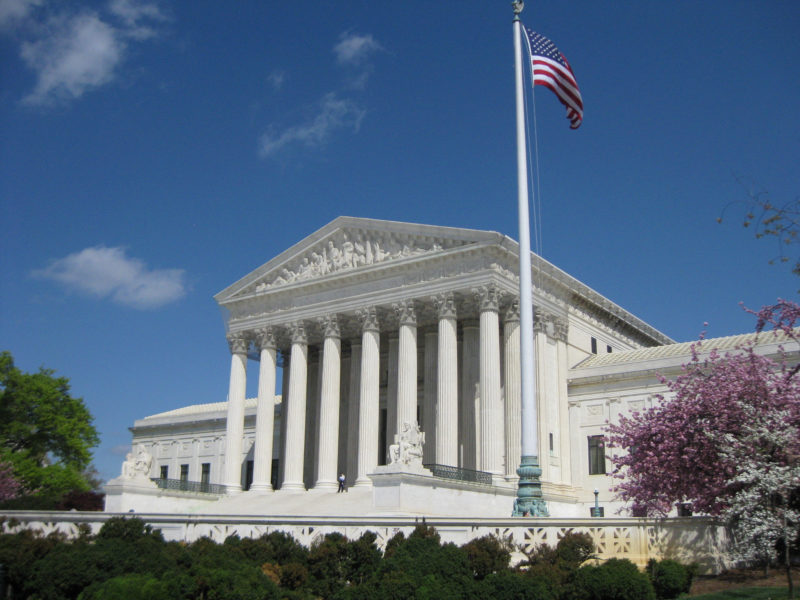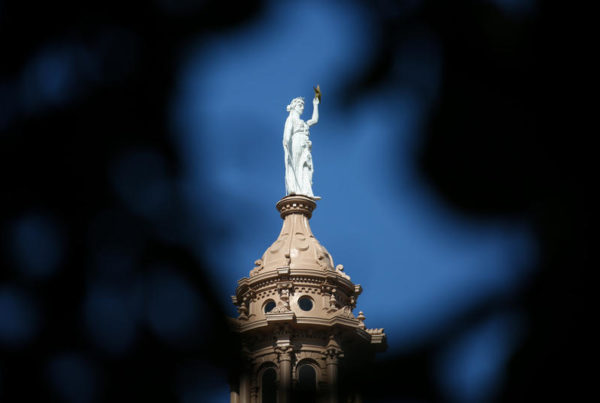In a 5 to 4 decision, the Supreme Court resolved a question that’s been winding its way through the courts for seven years now, ruling that Texas’ redistricting maps were not drawn with an intent to discriminate.
The Texas NAACP, the Mexican American Legislative Caucus and others argued that even though most of the state’s population growth in recent years has been among minorities, communities of color actually lost representation in the political districts drawn up by legislators in 2011.
In 2012, after an earlier challenge to the state’s redistricting maps, the court hastily drew up new maps for the elections and in 2013, the state adopted those maps going forward. That would not be the end of it. Those redrafted maps were again challenged. A district court found that sticking with the redrawn maps perpetuated the discriminatory intent baked into the underlying 2011 plan.
The Supreme Court’s decision is a partial victory for the State of Texas, though it appears to be a very big win for the attorney general’s position – and many will argue it’s a blow to minority representation in elections.
Theodore Rave, an associate professor at the University of Houston’s School of Law specializing in election and constitutional law, says this was a high stakes case.
“Any time you have districting legislation the stakes are high because we’re talking about the way that we elect our representatives in both the state legislature and Congress,” Rave says. “But here for Texas the stakes were even higher than that, because had the finding of discriminatory intent stuck, that could have potentially put Texas back under the preclearance regime of the Voting Rights Act, which essentially means that any decisions Texas makes about elections have to precleared by the Department of Justice or a court in Washington.”
In a statement, Texas Attorney General Ken Paxton responded to the decision. “The court rightly recognized that the Constitution protects the right of Texans to draw their own legislative districts,” he said, “and rejected the misguided efforts by unelected federal judges to wrest control of Texas elections from Texas voters.”
Rave says the justices voted along the traditional ideological split. The court ruled that the legislature will have to redraw Texas House District 90 in Fort Worth, Rep. Ramon Romero’s seat, which could have broader consequences.
“It’s sort of like a jigsaw puzzle,” Rave says. “You can’t change the shape of one piece without changing the shape of the pieces that surround it. So yes, more than one district will be affected, certainly. I guess the difference is the lower court had wanted the legislature to go back to the drawing board and start over and redo the whole plan statewide. And now the remedy will be much narrower. It will be district 90 and whatever districts need to be adjusted to redraw district 90 to cure the violation.”
Rave says now the case will go back to the district court, which must figure out how to move forward with a remedy for House District 90.
Written by Jen Rice.
















